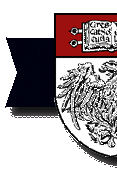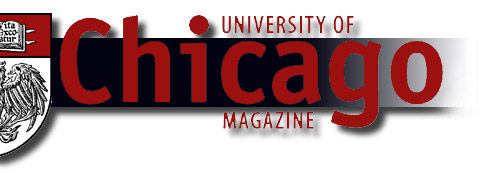 |
|
In
the decade since the Tiananmen uprising, much has changed
in the People’s Republic of China—including its art.
|
|
| |
A new layer
of symbolism was added to Beijing's Tiananmen Square in the spring
of 1989. Four decades earlier, soon after the establishment of the
People's Republic of China was declared there, Mao Zedong had called
for a new square, "big enough to hold a billion people."
By 1959, the plaza in front of the Gate of Heavenly Peace was in
place, large enough to hold 400,000 participants in celebratory
parades presided over by Chairman Mao. At Mao's death in 1976, the
square, already the world's biggest, was expanded to hold 600,000,
but the largest crowd ever to assemble in the square came in June
1989. After more than a million people calling for democratic reform
had thronged into Tiananmen Square, government troops were sent
in, killing thousands in an attempt to halt a "counter-revolutionary
rebellion."

|
In the ensuing
decade, the winds of both social and economic change have continued
to whirl through mainland China. The response of Chinese artists
to that change forms the subject of a groundbreaking exhibition
organized by Chicago's David and Alfred Smart Museum of Art. Curated
by Wu Hung, the Harrie A. Vanderstappen distinguished service professor
in Chinese art history, Transience: Chinese Experimental Art
at the End of the Twentieth Century features the works of 21
artists. Some studied and now teach at China's major art academies.
Others are self-taught, independent artists. The works in the exhibition,
which opens February 18 and runs through April 18, include paintings,
photographs, videos, sculptures, and installations.
Yet Wu Hung,
an expert on both ancient and contemporary Chinese art, has not
assembled a traditional "survey" of contemporary artists.
Rather, Transience focuses on three aspects of a single theme—"Demystification,"
"Ruins," and "Transience." "Taken together,"
Wu writes in the introduction to the exhibition catalog, "these
three sections look at a changing society increasingly driven by
market forces and sliding into an ideological vacuum, yet at the
same time rich with possibilities for creating new human values
and aesthetic standards."
 The
artists represented do not share a common political agenda. Yet
their works all respond directly, says Wu, to China's current reality,
demonstrating what he terms a "domestic turn." The artists—almost
all of whom currently live and work in mainland China—are "most
fascinated," Wu writes, "by China's transformation: the
rapid disappearance of the traditional city and its neighborhoods
and the changes in human relationships, lifestyle, taste, and values."
The
artists represented do not share a common political agenda. Yet
their works all respond directly, says Wu, to China's current reality,
demonstrating what he terms a "domestic turn." The artists—almost
all of whom currently live and work in mainland China—are "most
fascinated," Wu writes, "by China's transformation: the
rapid disappearance of the traditional city and its neighborhoods
and the changes in human relationships, lifestyle, taste, and values."
Works in the
"Demystification" section challenge and reinterpret cultural
symbols from the Great Wall to Chairman Mao, incorporating experiences
of real people, including the artists themselves, into essentially
iconoclastic works. Providing a counterpoint, the "Ruins"
section documents the fascination contemporary Chinese artists have
with different types of destruction. In "half-demolished residential
buildings, dilapidated public spaces, and ruined human beings,"
writes Wu, "they find the victims of the economic boom and
social restructuring in today's China." The last section, "Transience,"
offers direct observations and critiques of the new social spaces
emerging in China's cities. The new social landscape, notes Wu,
includes "changing conceptions of time, place, and human interaction."
Opening with
a performance by Beijing-based artist Yin Xiuzhen, Transience
is the first temporary exhibition in the Smart's 25-year history
to use the Museum's entire exhibition space. (A smaller gallery
will document the work of other artists who submitted proposals
for the show and a virtual tour on the Smart's web site is planned.
(http://smartmuseum.uchicago.edu).
In July, says Kimerly Rorschach, the Museum's Dana Feitler director,
Transience travels to the University of Oregon Art Museum
in Eugene and in October to Dartmouth College's Hood Museum of Art.—M.R.Y.
|



